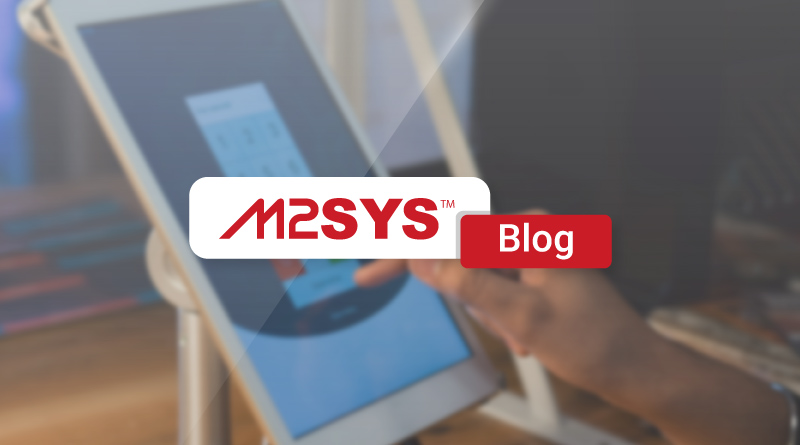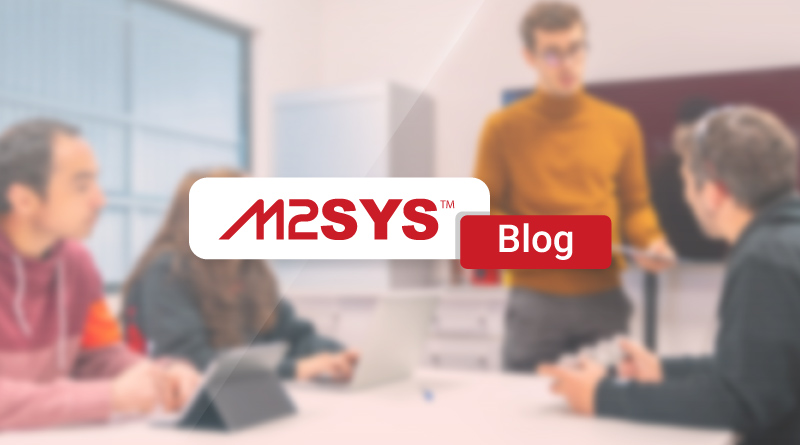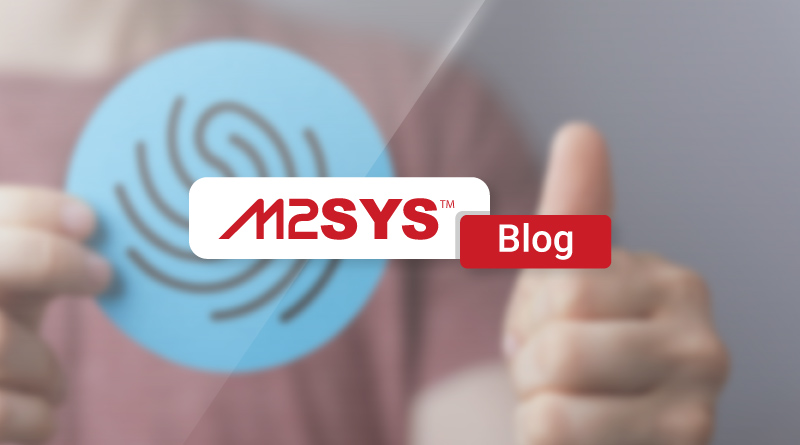Optimize Threat Detection with AI-Powered Border Digitization
AI-powered border checkpoint digitization is revolutionizing national security by enhancing threat detection and operational efficiency. The M2SYS AI-Powered Intelligence Module automates tasks, enables real-time decision-making, and improves anomaly detection, ensuring secure and efficient traveler processing while facilitating inter-agency collaboration.
TL;DR
- AI-powered border digitization enhances security and streamlines traveler processing, crucial for modern national safety.
- The M2SYS AI-Powered Intelligence Module automates tasks, reducing errors and ensuring efficient traveler flow.
- Real-time decision-making and anomaly detection improve threat response and operational efficiency.
- Centralized monitoring promotes inter-agency collaboration, ensuring swift and coordinated responses.
- AI addresses common challenges like delays, manual errors, and enhances data sharing among agencies.
- Future trends include predictive analytics and advanced biometrics for even more secure border management.
Discover how M2SYS can transform your border security operations. Contact us today to learn more.
In our rapidly evolving world, safeguarding national borders has become increasingly complex. Governments and federal agencies are tasked with enhancing security measures while minimizing delays for travelers. AI-driven digitization of border checkpoints presents a solution that meets these demands. By incorporating cutting-edge AI technologies with comprehensive digitization, we can streamline traveler processing and enhance threat detection. This article explores how AI is revolutionizing border security, highlighting the advantages of the M2SYS AI-Powered Intelligence Module.
Why Is AI-Powered Border Checkpoint Digitization Necessary?
With the rise in global travel and trade, border security is a vital component of national safety. Traditional methods, often dependent on manual processes, can be inefficient and susceptible to human error. As threats become more sophisticated, advanced systems are essential to keep pace. AI-powered border checkpoint digitization tackles these challenges, enhancing operational efficiency.
What Are the Advantages of AI-Powered Border Security Systems?
Intelligent Automation
The M2SYS AI-Powered Intelligence Module introduces intelligent automation to border security. It automates tasks such as document verification and biometric checks, reducing manual labor and minimizing errors. This automation is crucial for maintaining a smooth flow of travelers and ensuring legitimate passengers are not delayed.
Real-Time Decision-Making
Effective border security depends on real-time decision-making. The M2SYS solution offers immediate risk assessments and recommendations, aiding officers in making swift, informed decisions. This is particularly important in busy environments, where quick actions are necessary to uphold security without sacrificing efficiency.
Enhanced Anomaly Detection
Advanced AI algorithms are adept at identifying patterns and anomalies that may indicate security threats. The system efficiently flags suspicious activities or identities, enabling border officers to act proactively. This vigilance is essential for detecting and addressing threats before they escalate.
Centralized Monitoring Platform
A centralized monitoring platform facilitates seamless collaboration between agencies, allowing various governmental departments and contractors to share critical data efficiently. This comprehensive approach ensures all parties are aligned and can respond swiftly to real-time intelligence.
How Does AI-Powered Border Checkpoint Digitization Operate?
The M2SYS AI-Powered Intelligence Module integrates with existing border security systems to create a unified monitoring and management platform. It employs AI-enhanced algorithms to analyze traveler data in real-time, providing insights and recommendations to officers. This integration enables seamless agency collaboration, ensuring critical data is shared efficiently for comprehensive threat management.
Case Study: Enhancing National Security
While specific case studies on AI-powered border security systems are limited, the benefits are evident. In countries with high traveler volumes, AI-driven solutions have led to significant improvements in security and efficiency. For example, nations utilizing similar systems report reduced processing times and fewer security breaches.
What Common Challenges Does AI Address?
AI-powered border checkpoint digitization resolves several common challenges:
- Delays and Bottlenecks: Automation and digitization help eliminate bottlenecks, ensuring a smooth flow of legitimate travelers.
- Manual Errors: Automated systems reduce human errors, enhancing accuracy and reliability.
- Inter-Agency Collaboration: A centralized platform promotes transparency and cooperation among different departments and contractors.
What Are the Future Trends in Border Security?
As AI technology advances, its applications in border security will broaden. Future trends may include increased use of machine learning for predictive analytics, further enhancing the ability to anticipate and respond to threats. Developments in biometric technology could also lead to even more efficient and secure traveler processing.
Conclusion
AI-powered border checkpoint digitization is essential for modernizing national security. By improving threat detection and operational efficiency, these systems offer a comprehensive solution to the challenges faced by government and federal agencies. The M2SYS AI-Powered Intelligence Module exemplifies AI’s potential to transform border security, ensuring borders remain secure while facilitating legitimate travel. As agencies seek scalable and effective technology, prioritizing systems that integrate digitized checkpoints with centralized monitoring will be crucial for maintaining security and efficiency in an ever-evolving threat landscape.
How to Implement AI-Powered Border Checkpoint Digitization
Implementing AI-powered digitization requires strategic planning and integration with existing systems. Below are the steps to consider:
- Assess Current Infrastructure: Evaluate existing border control systems and identify areas for AI integration. This may involve upgrading hardware or software.
- Select a Reliable Solution: Choose a comprehensive system like the M2SYS Border Control Solution to ensure robust security enhancements.
- Training and Development: Train staff on new technologies and workflows to maximize the benefits of automation and data analysis.
- Integration and Testing: Seamlessly integrate the AI module with present systems, ensuring all components communicate effectively. Conduct thorough testing in a controlled environment.
- Monitoring and Evaluation: Utilize the centralized monitoring platform to track performance and adapt strategies as needed based on real-time data and feedback.
For detailed insights on optimizing border security with AI, visit our discussion on Securing Airports With Modern Border Management.
What are the benefits of AI-Powered Border Checkpoint Digitization?
AI-Powered Border Checkpoint Digitization enhances efficiency and security by automating processes such as document verification and biometric checks, reducing human error. It also provides real-time decision-making support and improved anomaly detection.
How does the M2SYS AI-Powered Intelligence Module improve border security?
The M2SYS AI-Powered Intelligence Module facilitates intelligent automation, real-time decision-making, and anomaly detection. By integrating with existing systems, it enhances overall threat management through features like centralized monitoring and inter-agency collaboration. Learn more about M2SYS Border Control Solution.
How does AI contribute to real-time decision-making at border checkpoints?
AI systems analyze data quickly, providing risk assessments and actionable insights to border officers, enabling them to make informed decisions swiftly. This is particularly beneficial in high-traffic scenarios where fast responses are vital to maintaining security. For more details, you can read about our AI-Powered Role-Based Management.
What challenges does AI overcome in border security?
AI addresses delays, bottlenecks, manual errors, and enhances inter-agency collaboration, ensuring a seamless flow of legitimate travelers and a more secure border management system.
What future trends can we expect in AI border security?
AI border security trends include increased use of machine learning for predictive analytics and advancements in biometric technologies, promising even more efficient and secure processing. Explore how Face Biometrics System could be a part of these trends.








